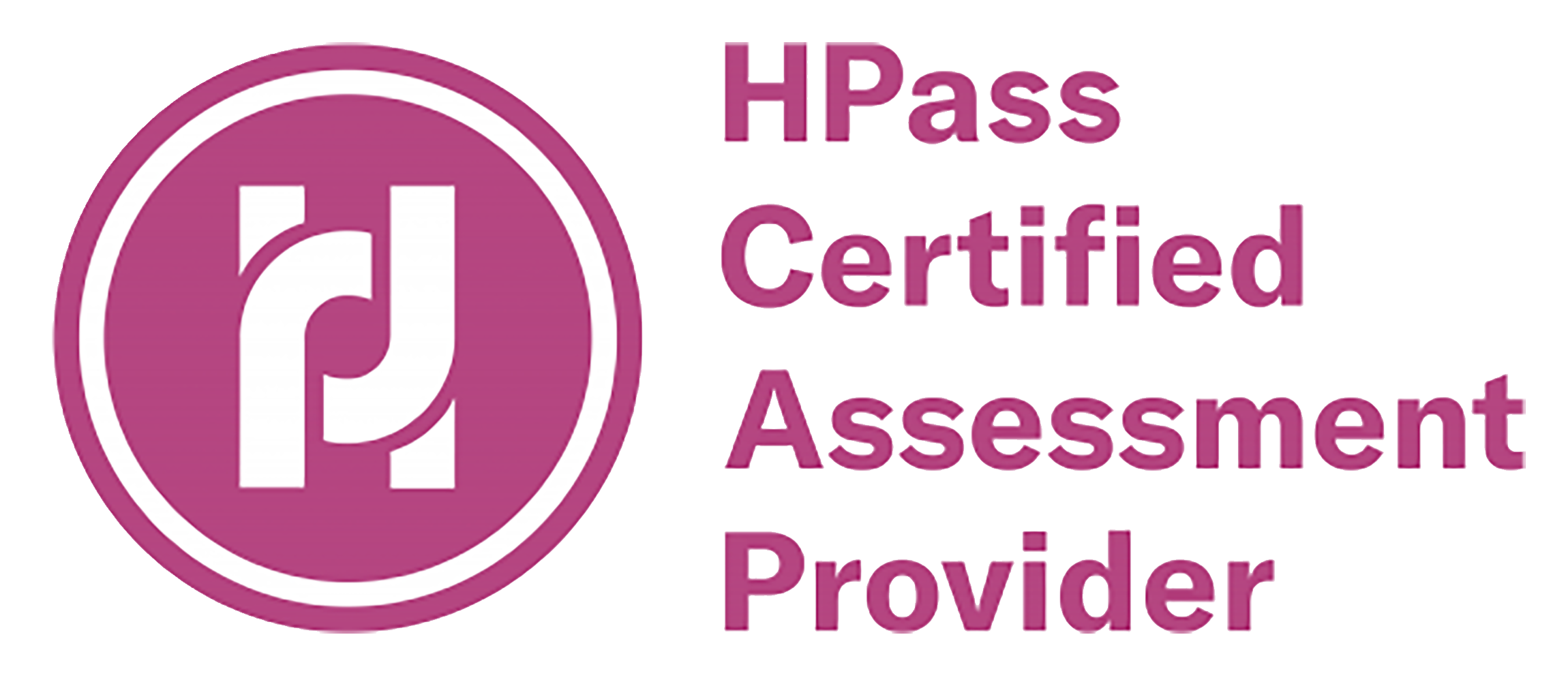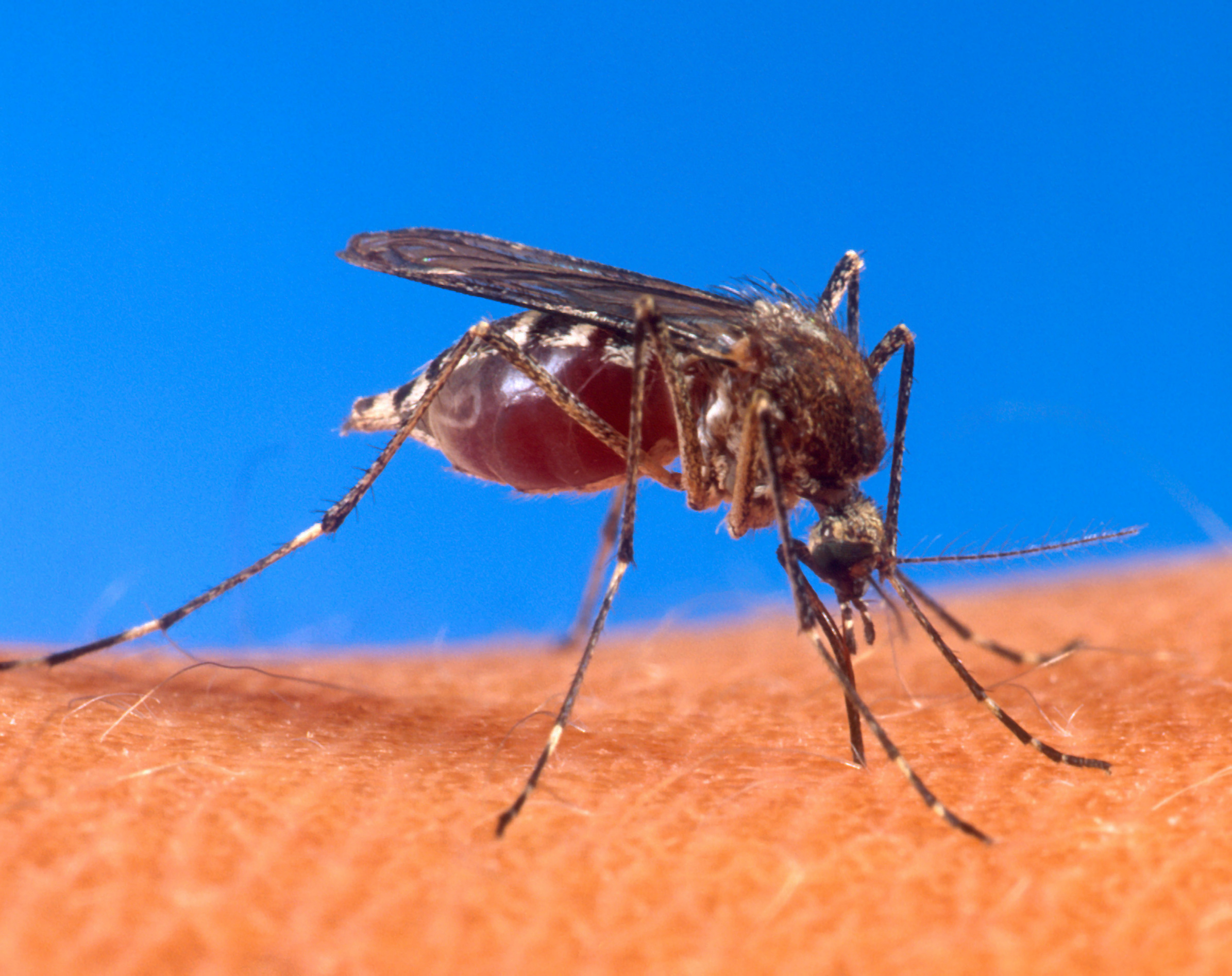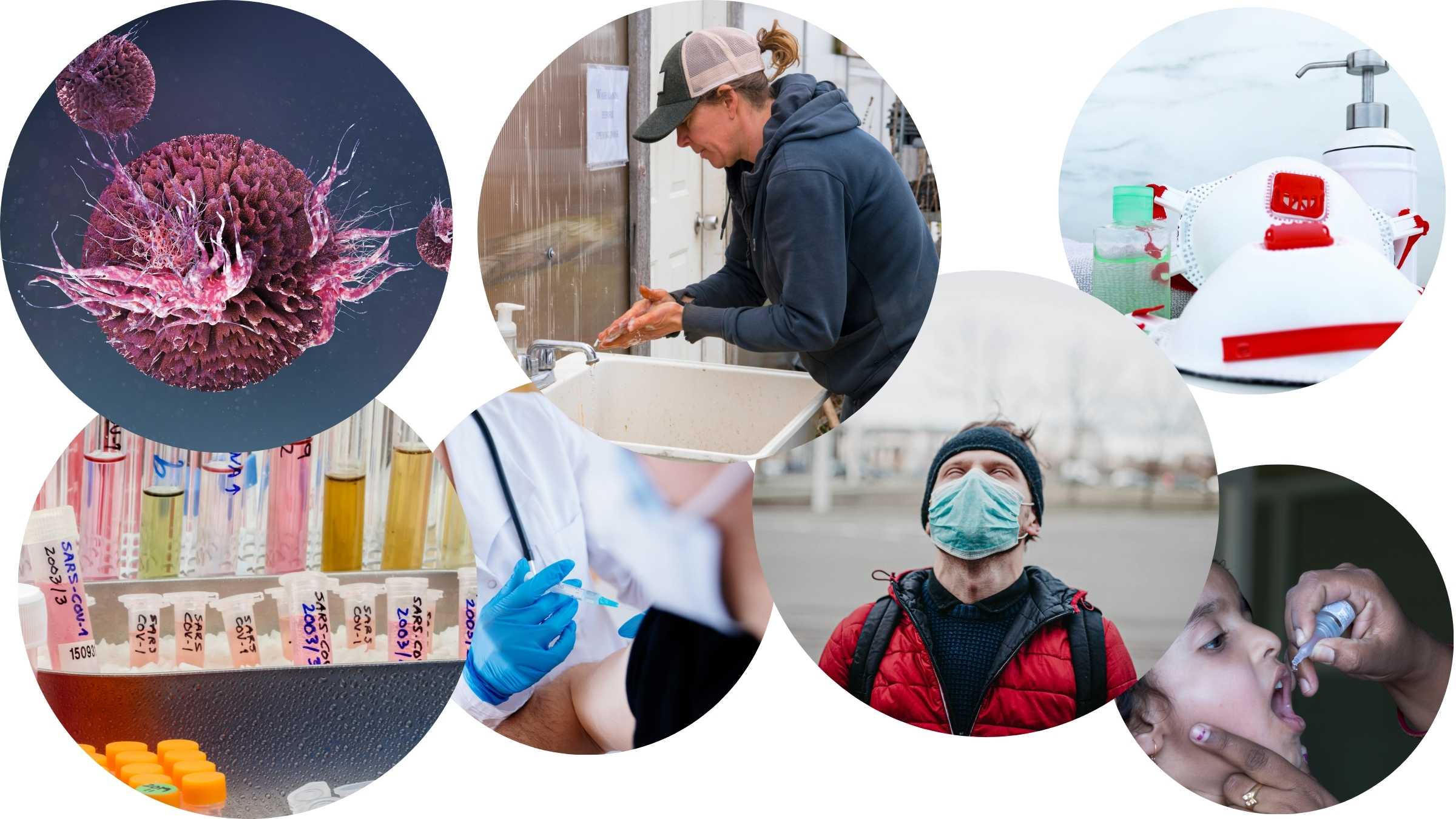-
GeneralGeneral
-
Epidemiology Homepage

This Epidemiology introductory course introduces students to the field and practice of epidemiology, and provides foundational knowledge as well as practical skills. All components of this training are free, including registration, learning, testing, and a certificate of completion. This course is intended for undergraduate- and graduate-level students of health sciences or public health.
This epidemiology course was developed in partnership with the University of the Incarnate Word, the Association for Prevention Teaching and Research, and the U.S. Centers for Disease Control and Prevention (CDC). Like all NextGenU courses, it is competency-based, using competencies from the Association of Schools and Programs of Public Health and the Association of Schools of Public Health in the European Region, and uses learning resources from world-class academic and governmental organizations, such as the University of California, Berkeley, the U.S. Centers for Disease Control and Prevention, and the World Health Organization. The course developer is Ashlee Shaw, MPH, with major contributions from Lindsay Galway, PhD and Eric Mintz, PhD. We also gratefully acknowledge the contributions of: Michael Beckett; Keenan Federico, BA; and Kaylin Woods, BSc, MPH, MD.




For a publication on this course’s efficacy, see “Building Public Health Capacity through Online Global Learning,” (2018), Open Praxis, to see more research related to NextGenU.org’s educational model, check out NextGenU.org’s publication page. Subscribe to our newsletter to be notified of future updates, new courses, and to be part of our community.
There are 8 modules to complete through online study and peer activities, which provide:
- An overview of core topics in epidemiology, such as descriptive epidemiology, study design, and critical evidence review, among other topics;
- Skills to measure indicators of mortality and morbidity, association and causation;
- An introduction to applied epidemiology.
Approximate time for completion of this course is 124 hours at an average reading rate of 144 words/minute.
Before you begin the course, please take a moment to take the short knowledge Pre-test below. It allows us to assess various aspects of the course itself and is mandatory to receive your certificate upon completion of the course.
The course requires completion of peer activities. At the end of each lesson, there is a practice quiz. At the end of the course, after you’ve completed each lesson, quiz, and activity, you’ll have access to a final exam, and a chance to assess the training. Once you’ve passed that last test, you will be able to download a certificate of completion from NextGenU.org and our course’s co-sponsoring organizations (listed above). We keep all of your personal information confidential, never sell any of your information, and only use anonymized data for research purposes, and we are also happy to report your testing information and share your work with anyone (your school, employer, etc.) at your request. We hope that you will find this a rewarding learning experience, and we count on your feedback to help us improve this training for future students.
Engaging with this Course:
You may browse this course for free to learn for your personal enrichment; there are no requirements.
To obtain a certificate
- Show in the registration fields that you have the appropriate prerequisites to be certified. This course requires the learner to have already obtained a college level degree.
- Take the brief pre-test.
- Complete all the reading requirements.
- Complete all quizzes and pass with a 70% with unlimited attempts.
- Complete 10 peer activity and associated certification quizzes.
- Successfully complete the final exam with a minimum of 70% and a maximum of 3 attempts.
- Complete the self and course evaluation forms.
To obtain credit
- Complete all requirements listed above for the certificate.
- Your learning institution or workplace should approve the partner-university-sponsored NextGenU.org course for educational credit, as they would for their learner taking a course anywhere.
- NextGenU.org is happy to provide your institution with:
- a link to and description of the course training, so they can see all its components, including the cosponsoring universities and other professional organization cosponsors;
- your grade on the final exam;
- your work products (e.g. peer and mentored activities), and any other required or optional shared materials that you produce and authorize to share with them;
- your evaluations -- course, self, and peer assessments;
- a copy of your certificate of completion, with the cosponsoring universities and other organizations listed.
To obtain a degree co-sponsored with NextGenU.org, registrants must be enrolled in a degree program as a student of a NextGenU.org institutional partner. If you think that your institution might be interested in offering a degree with NextGenU.org contact us.
We hope that you will find this a rewarding learning experience, and we count on your assessment and feedback to help us improve this training for future students.
Next Steps
- Complete the registration form.
- Take the short knowledge pre-test below. It allows us to assess various aspects of the course itself.
- Begin the course with Module 1: Introduction to Epidemiology. In each lesson, read the description, complete all required readings and any required activity, and take the corresponding quizzes.
-
Module 1: Introduction to Epidemiology
 Before starting this first module, please take a moment to take the short knowledge Pre-test above. It allows us to assess various aspects of course itself and is mandatory to receive your certificate upon completion of the course.
Before starting this first module, please take a moment to take the short knowledge Pre-test above. It allows us to assess various aspects of course itself and is mandatory to receive your certificate upon completion of the course.Competencies covered in this module:
- Apply the basic terminology and definitions of epidemiology.
- Know and understand the main features of the past, the present, and the estimated future of the development of population health.
- Explain the importance of epidemiology in informed scientific, ethical, economic, and political discussions related to health issues.
-
Module 1: Lesson 1: Introduction to Epidemiology

Learning Objectives:
Upon completion of this lesson, you will be able to:
- Outline the historical achievements in the field of epidemiology and their contributions to public health
- Describe the historical evolution of epidemiology
- Explain the scope, role, and importance of epidemiology as it pertains to public health
- Define the basic terminology used in the field of epidemiology
- Discuss the importance of epidemiologic-based evidence in public health decision-making
6 URLs, 2 Forums -
Module 2: Descriptive Measures of Mortality and Morbidity
Competencies covered in this module:
- Identify the main sources of epidemiological data
- Describe a public health problem in terms of magnitude, person, time, and place
- Calculate basic epidemiology measures
-
Module 2: Lesson 1: Descriptive Measures of Mortality and Morbidity

Learning Objectives:
Upon completion of this lesson, you will be able to:
- Describe and provide examples of measures of morbidity and mortality used in epidemiology
- Interpret and calculate basic epidemiological measures used to describe the health of a population including measures of morbidity and mortality
- Interpret and distinguish between incidence and prevalence
- Understand vital registration systems and discuss their limitations
- Understand the relationships between population health measures and different population characteristics, such as total fertility rate and income over time
- Find and interpret health indicator data
9 URLs, 3 Forums, 1 Quiz - Describe and provide examples of measures of morbidity and mortality used in epidemiology
-
Module 3: Quantifying and Comparing Public Health Measures

Competencies covered in this module:
- Interpret disease and public health events and trends from time-series data
- Know and understand the main measures of associations between exposures and outcomes (relative risk and odds ratios)
-
Module 3: Lesson 1: Quantifying and Comparing Public Health Measures
Learning Objectives:
Upon completion of this lesson, you will be able to:
- Generate and interpret graphs and tables in order to identify trends in epidemiological data
- Explain the two commonly used methods of age standardization; direct and indirect
- Calculate and interpret relative risk and odds ratios
- Express relative risks and odds ratios in words
- Discuss the generation and implications of health inequities between local and global populations
11 URLs, 3 Forums, 1 Quiz -
Module 4: Association, Causation, and Risk Factors

Competencies covered in this module:
- Know and understand the risk factor influencing the health of a population (locally and globally), e.g. obesity, tobacco smoking, alcohol consumption, IVDU, HIV, pollution, and social factors/inequality
- Know and understand the relationships between society, family, physical environment, genetics and biological health/disease status
-
Module 4: Lesson 1: Association, Causation, and Risk Factors

Learning Objectives:
Upon completion of this lesson, you will be able to:
- Define and discuss risk factors
- Discuss the theories causation relevant to epidemiology
- Relate the epidemiological triad model of infectious disease transmission to public health issues and interventions
- Explain the difference between association and causation
- Discuss the causal criteria that can be used to establish causation
- Explain the social determinants of health
9 URLs, 3 Forums, 1 Quiz -
Module 5: Study Designs in Epidemiology

Competencies covered in this module:
- Describe the main types of epidemiological designs and discuss the pros and cons of each
- Know and understand the concepts of bias, confounding, validity (internal and external) and generalizability
-
Module 5: Lesson 1: Study Designs in Epidemiology

Learning Objectives:
Upon completion of this lesson, you will be able to:
- Distinguish between observational and experimental study designs
- Describe and identify the applications, strengths, and limitations of: ecological studies, cross sectional studies, case-control studies, cohort studies, and randomized controlled trials
- Define and describe the different types of errors, biases, and confounding that may exist in an epidemiological study
- Explain ways to control for confounding in either the design and or the analysis phases of an epidemiological study
10 URLs, 2 Forums, 1 Quiz -
Module 6: Public Health Screening and Surveillance
 Competencies covered in this module:
Competencies covered in this module:- Know and understand the basic principles, methods, types and components of epidemiological surveillance and surveillance systems (such as organization, methodology, technology, quality, consistency, resources, availability, etc.)
- Identify the principles and limitations of public health screening programs
-
Module 6: Lesson 1: Public Health Screening and Surveillance

Learning Objectives
Upon completion of this lesson, you will be able to:
- Explain basic concepts of disease transmission and describe patterns of endemic and epidemic disease spread
- Outline the different approaches used for screening in public health and critically assess each of their strengths and limitations in terms of lead time, length bias, sensitivity and specificity
- Summarize the different public health surveillance systems and their application to various health concerns, including environmental disaster and substance use problems.
- Name key changes in international health regulations over the past decade
12 URLs, 1 Forum, 1 Quiz, 1 SCORM package -
Module 7: Critical Evaluation of Epidemiologic Evidence

Competencies covered in this module:
- Evaluate the strengths and limitations of epidemiological reports
- Draw appropriate inferences from epidemiological data
-
Module 7: Lesson 1: Critical Evaluation of Epidemiologic Evidence

Learning Objectives
Upon completion of this lesson, you will be able to:
- Systematically critique a scientific epidemiology paper
- Apply criteria to evaluate the strengths and weaknesses of epidemiological reports and research
4 URLs, 1 Forum, 1 Quiz -
Module 8: Applied Epidemiology- From Evidence to Practice and Policy

Competencies covered in this module:
- Suggest relevant public health interventions based on evidence from both empirical epidemiological population studies and from qualitative studies
- Communicate evidence from both empirical epidemiological population studies and from qualitative studies to a lay audience, professionals, and decision makers at the national, regional and local level
- Comprehend basic ethical and legal principles pertaining to the collection, maintenance, use and dissemination of epidemiological data
-
Module 8: Lesson 1: Applied Epidemiology- From Evidence to Practice and Policy

Learning Objectives
Upon completion of this lesson, you will be able to:
- Describe the approaches for translating epidemiological evidence into public health practice and policy
- Explain and apply the population approach to disease prevention
- Apply the four ‘stages of disease prevention’
- Demonstrate effective health promotion messaging and communicate epidemiological research information to key stakeholders
- Analyze the shape and significance of the different types of epidemic curves and illustrate the necessary steps to be taken in an outbreak investigation
- Discuss the ethical principles of public health practice and the collection and dissemination of epidemiologic data
- Recommend public health prevention activities based on epidemiological evidence.
8 URLs, 3 Forums, 1 Quiz -
Course and Self Evaluation & Certificate
 In this section, you can provide feedback about this course to help us make NextGenU.org better. Once evaluations are completed, you will be able to download your certificate of completion.
In this section, you can provide feedback about this course to help us make NextGenU.org better. Once evaluations are completed, you will be able to download your certificate of completion.
Epidemiology
Register for this course to access the discussion forums


 Click here to start Final Examination
Click here to start Final Examination